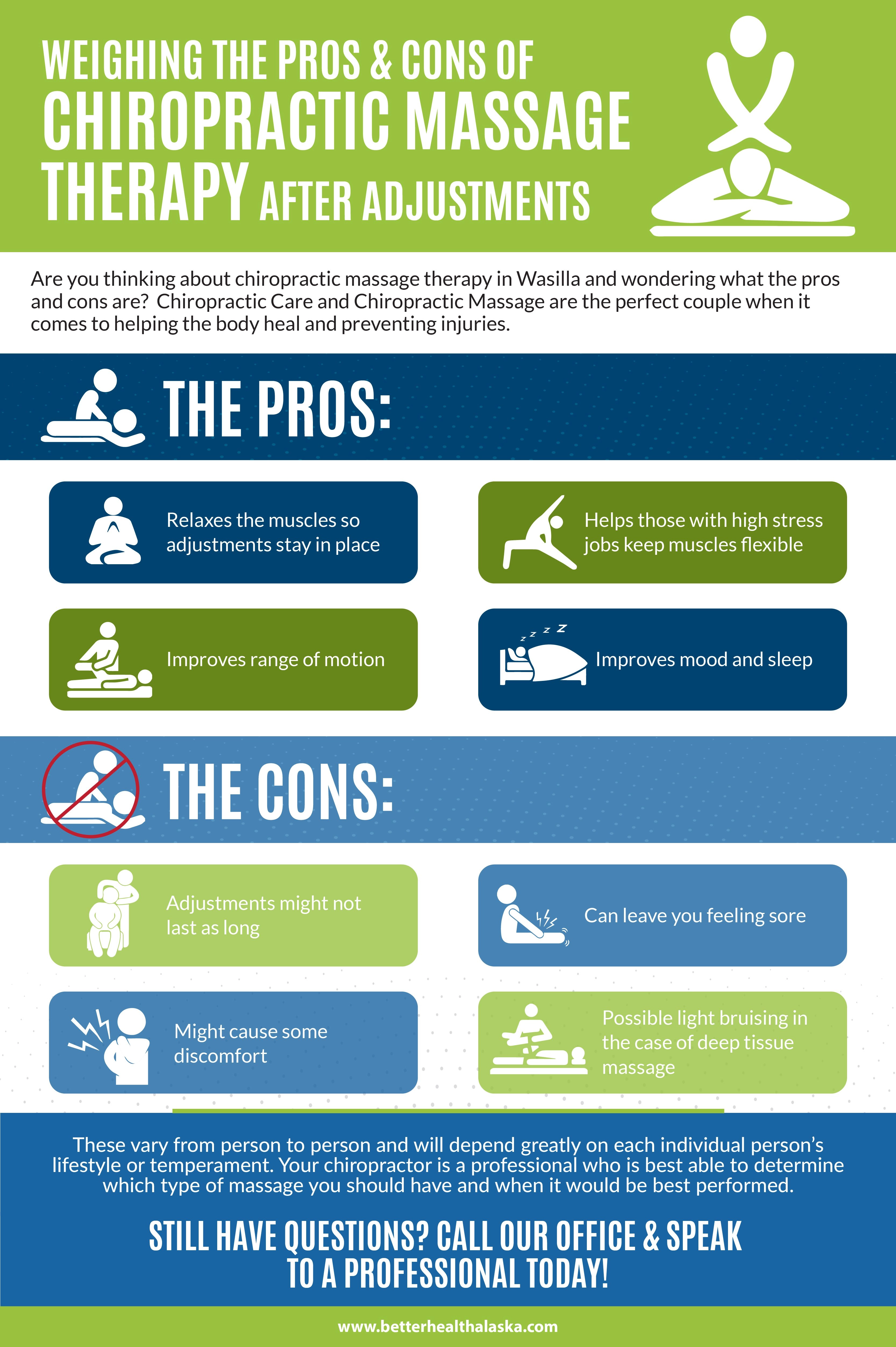Deciphering Pain In The Back: What It Discloses Concerning Your Wellness And Common Signs To Watch For
Deciphering Pain In The Back: What It Discloses Concerning Your Wellness And Common Signs To Watch For
Blog Article
Content Author-Hamilton Jensen
If you're experiencing neck and back pain, your body might be trying to inform you something more than simply pain. The way your back really feels can offer useful clues about your total health. Comprehending the specific sort of pain you're really feeling and any kind of accompanying signs is key to deciphering the enigma behind your pain. Allow's explore the typical conditions and signs and symptoms associated with various kinds of pain in the back to clarify what your body may be signaling.
Kinds Of Neck And Back Pain
When it pertains to pain in the back, there are different kinds that you might experience. One usual type is muscle pain, usually brought on by overuse, stress, or injury to the muscles and tendons sustaining the spinal column. This sort of pain can range from moderate pain to extreme and incapacitating discomfort.
check it out is nerve discomfort, which can result from problems like herniated discs or sciatica. Nerve pain frequently presents as a sharp, shooting sensation that emits down the leg.
Joint discomfort in the back can stem from issues like joint inflammation or sacroiliac joint disorder. This type of discomfort is normally really felt in the lower back and can be aggravated by particular movements.
Additionally, pain in the back can be connected to architectural issues such as back stenosis or vertebral cracks. Recognizing the type of back pain you're experiencing is important in figuring out the proper treatment and monitoring methods.
Common Symptoms to Watch For
Moving past the different types of back pain, it is necessary to identify the common symptoms that can indicate underlying problems.
Consistent pain in the back that aggravates with motion or in the evening might suggest a much more severe trouble. Pins and needles or prickling in the legs or feet, particularly when accompanied by weakness, could indicate a nerve-related concern. If you experience unexpected weight reduction along with back pain, maybe a sign of a more systemic condition.
Take notice of any kind of changes in bladder or bowel function, as this could be connected to spinal cord compression. Fever, chills, or night sweats along with back pain may indicate an infection. Watch out for discomfort that radiates down one or both legs, potentially a sign of sciatic nerve pain.
Health Conditions Linked to Pain In The Back
If you struggle with pain in the back, it's important to understand the possible health and wellness conditions linked to this discomfort. lower back pain can't stand up straight and back pain can be a sign of various underlying concerns, consisting of muscle mass stress, herniated discs, osteoarthritis, back stenosis, and even problems like kidney stones or infections.
Muscle stress prevail and typically arise from lifting hefty items or abrupt activities.
Herniated discs take place when the soft cells in between vertebrae protrudes, triggering nerve irritation.
Osteo arthritis, a degenerative joint disease, can lead to neck and back pain as cartilage material wears down.
Spinal stenosis, the constricting of the spinal canal, can tax nerves.
Kidney rocks might create intense pain in the back if they relocate into the urinary system tract.
Infections like spinal osteomyelitis can additionally show up as pain in the back. Understanding these possible health problems can aid you seek proper treatment and administration for your pain in the back.
Verdict
So, next time your back hurts, take notice of the type of discomfort and coming with signs. Maybe a signal from your body regarding underlying wellness problems like muscular tissue pressure, nerve problems, joint issues, or even structural issues. By acknowledging these indications, you can take proactive steps to deal with the source of your pain in the back and improve your general wellness and well-being.
